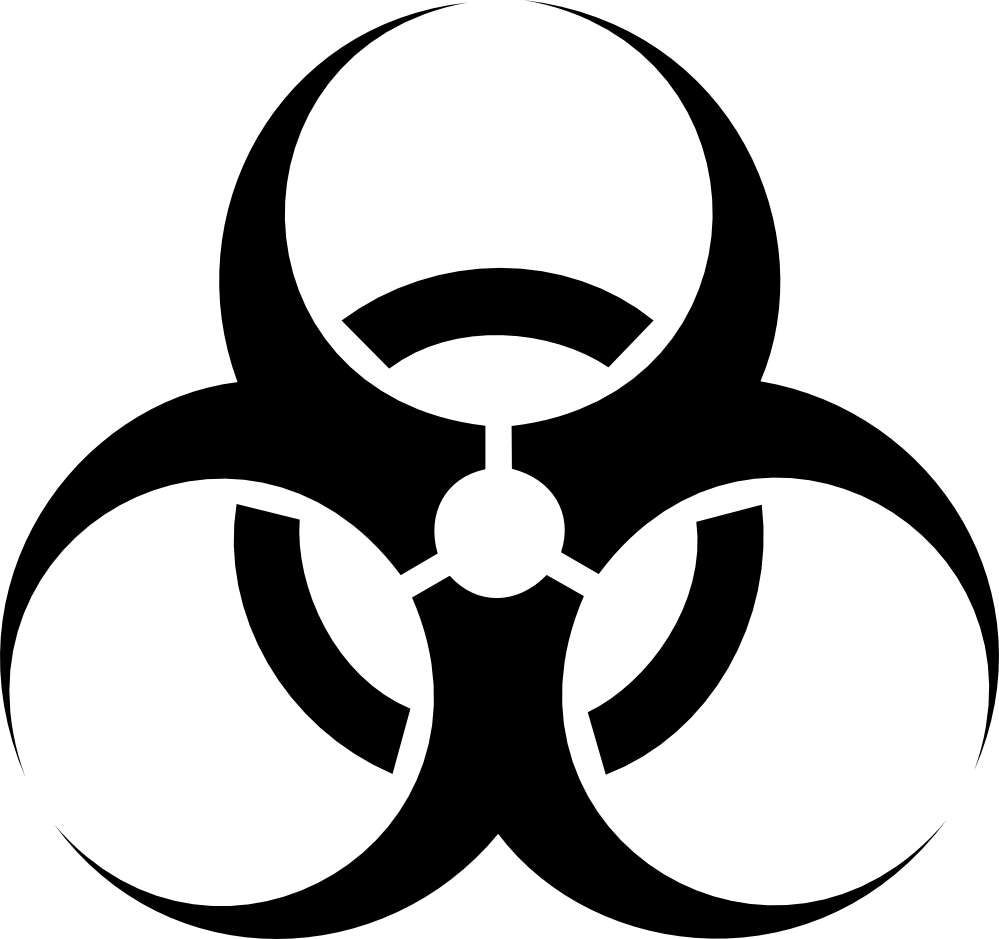Resources with keywords: avian influenza
 OSHA Influenza QuickCards (by Occupation)
OSHA Influenza QuickCards (by Occupation)General Precautions (English/Español)
Healthcare Workers (English/Español)
Laboratory Workers (English/Español)
Poultry Workers (English/Español)
Animal Handlers (English/Español)
Food Handlers (English/Español)
Iincludes Guidance for Poultry Employees , Animal Handlers other than Poultry Employees, Laboratory Employees, Healthcare Workers Who Treat Patients with Known or Suspected AI, Guidance for Food Handlers, etc.
Naraharisetti R, Weinberg M, Stoddard B, et al.
HPAI A(H5N1) virus was detected in two indoor domestic cats with respiratory and neurologic illness that lived in homes of dairy workers but had no known direct exposure to HPAI A(H5N1)–affected farms.
Leonard J, Harker EJ, Szablewski CM, et al.
These findings suggest the possible benefit of systematic surveillance for rapid identification of HPAI A(H5) virus in dairy cattle, milk, and humans who are exposed to cattle to ensure appropriate hazard assessments.
I Sanz-Muñoz, et al.
In this prospective observational study, immune protection against H5N1 and H7N9 avian influenza virus (AIV) was almost absent prior to vaccination. However, seasonal influenza vaccines induced a seroprotective response against the H5N1 subtype in nearly 15% of younger individuals.
Bird flu has been found in domestic and wild cats in several states. At this time it is known that H5N1 can be transmitted to cats and dogs when they eat products from infected poultry or cattle (e.g., unpasteurized milk, uncooked meat, or unpasteurized eggs) that have not undergone a processing step that is capable of inactivating the virus, such as pasteurizing, cooking or canning.
Outside the United States, more than 950 cases of H5N1 bird flu have been reported to the World Health Organization; about half of those have resulted in death.
In April 2024, ten cats died in a rural South Dakota (SD) residence, showing respiratory and neurological symptoms. Necropsy and laboratory testing of two cats confirmed H5N1 clade 2.3.4.4b infection.
 H5N1 Virus Guidance for Farm Workers
H5N1 Virus Guidance for Farm Workersposter (English and Spanish) designed to help farm workers undertand the risks of avian influenza and how to protect themselves and their families
This site includes monitoring of Persons Exposed to Infected Animals


